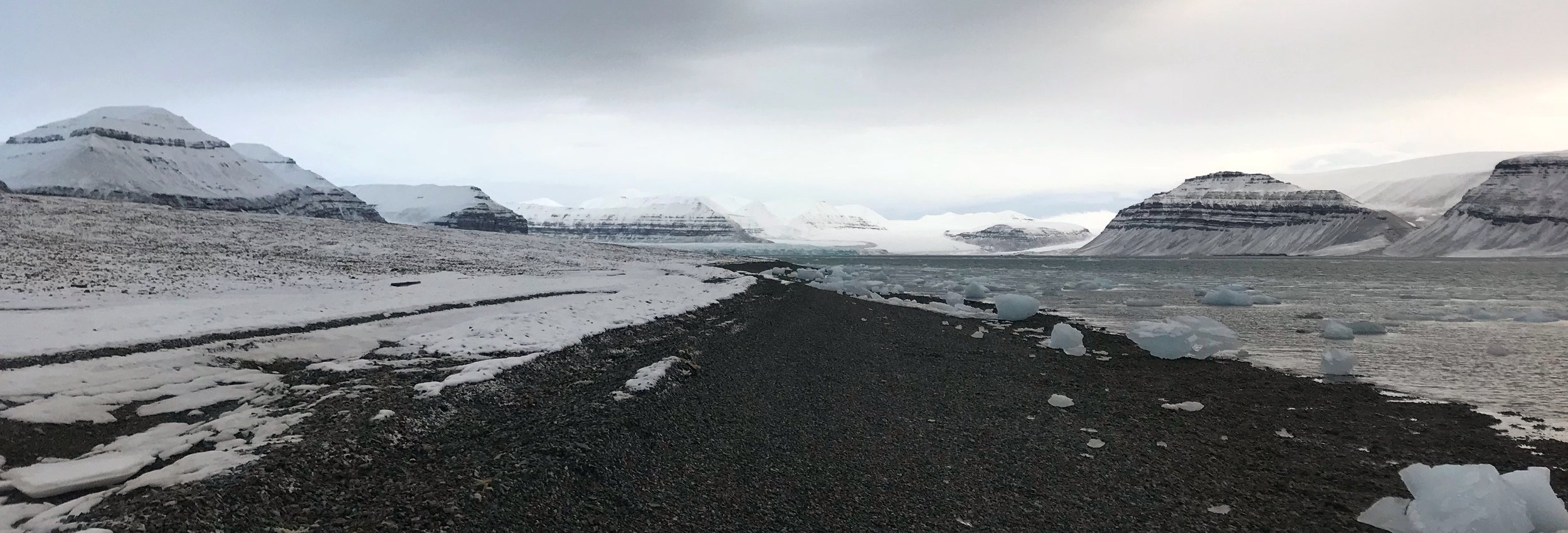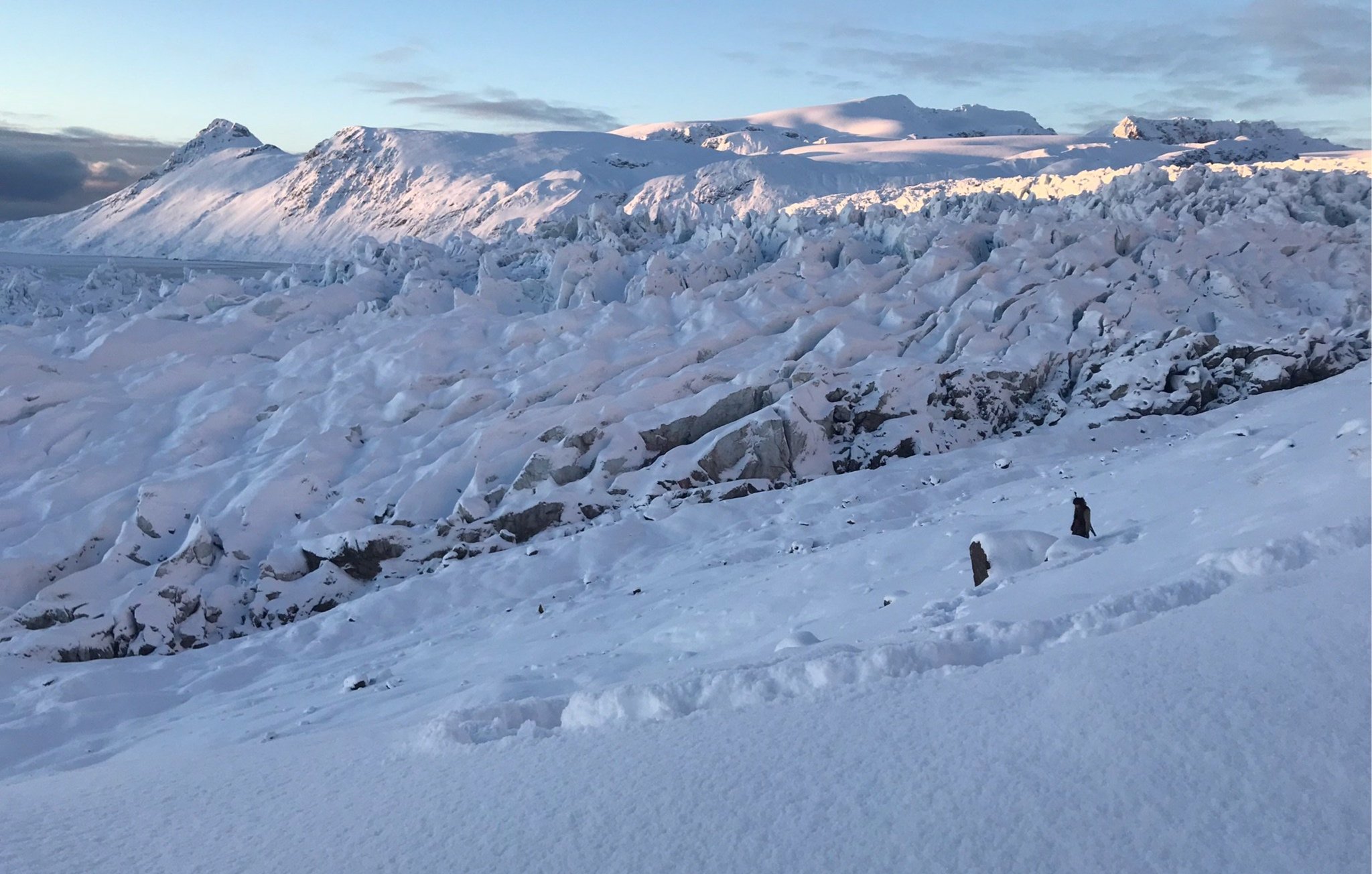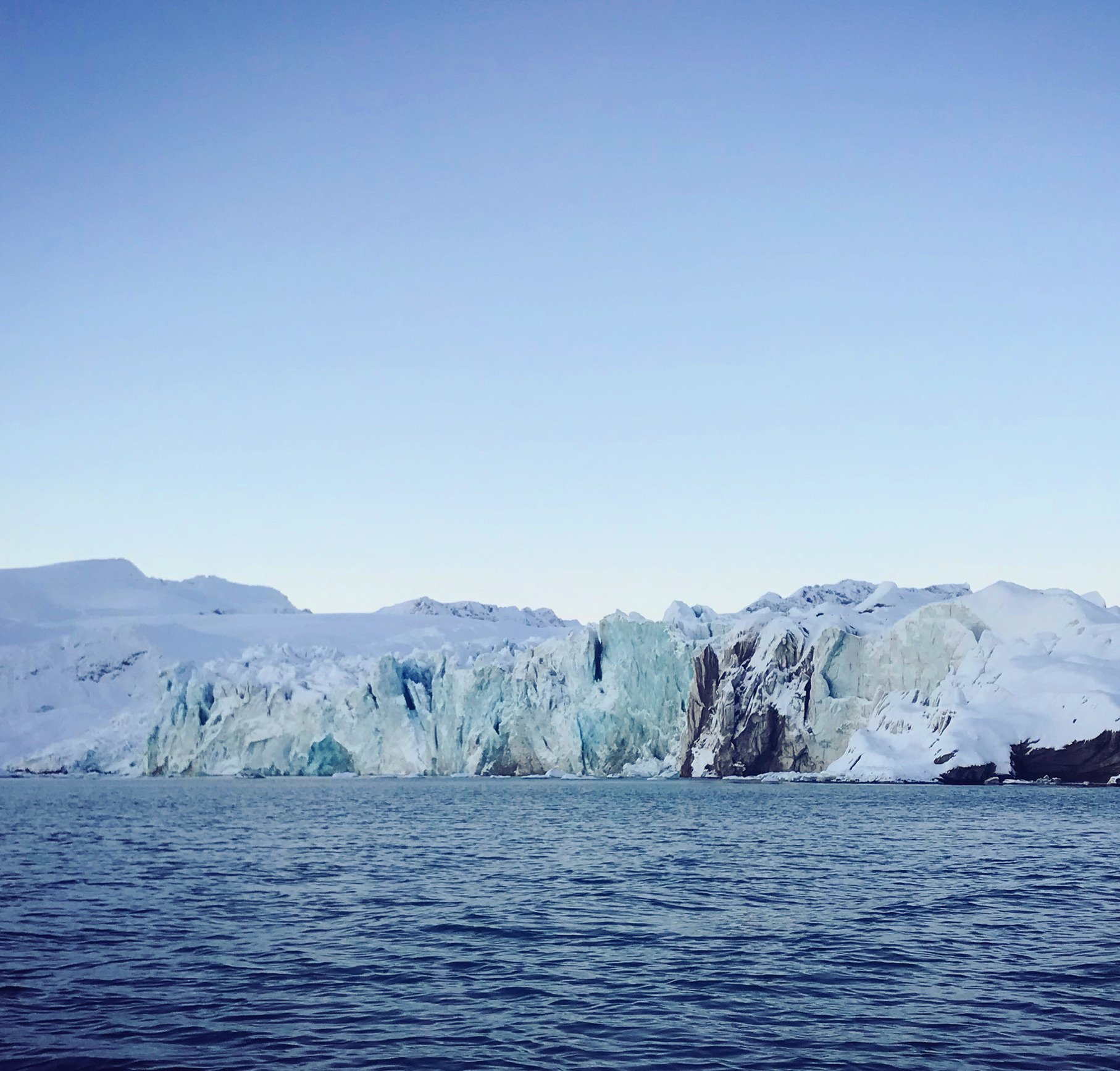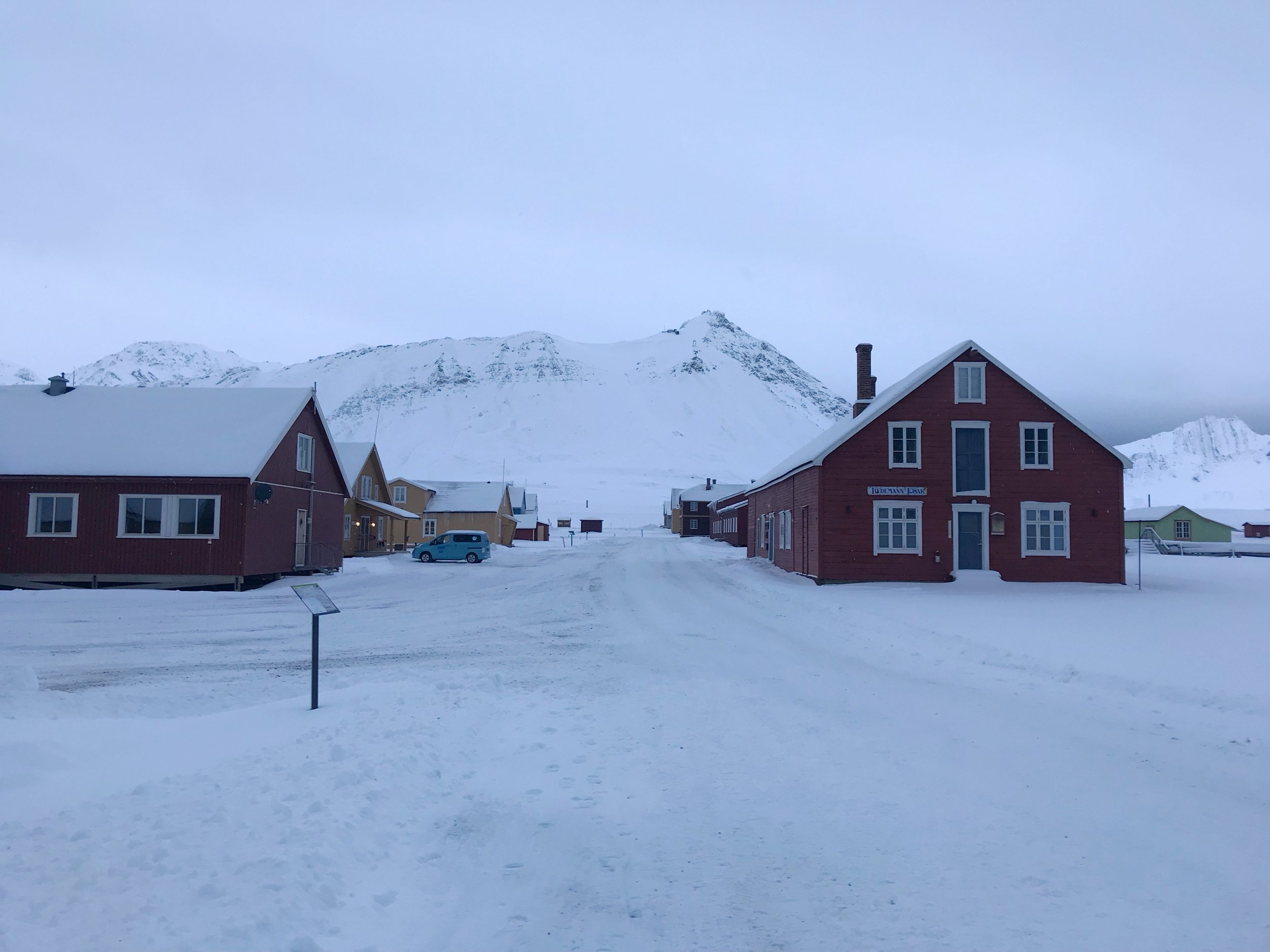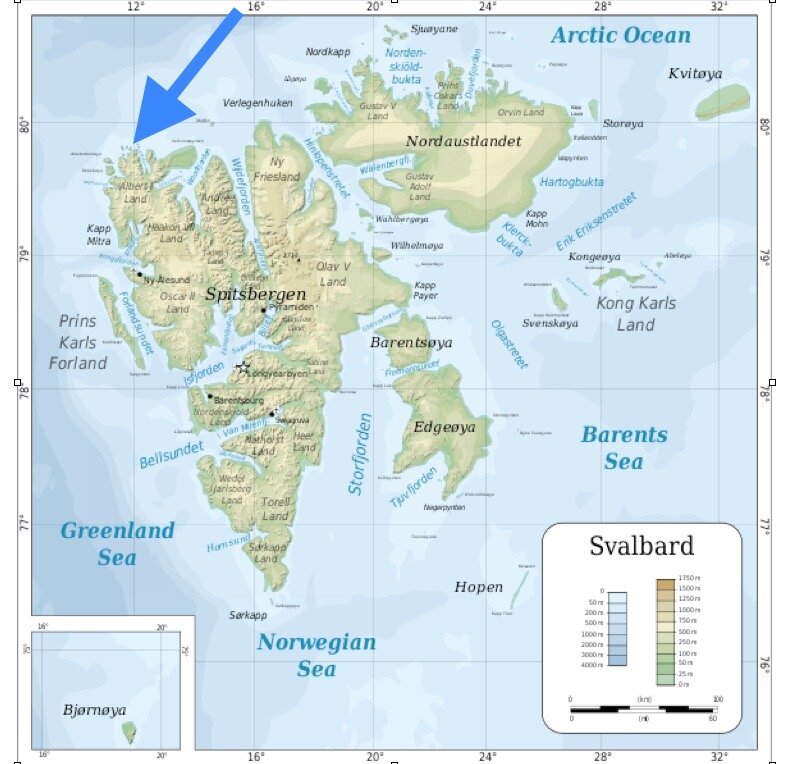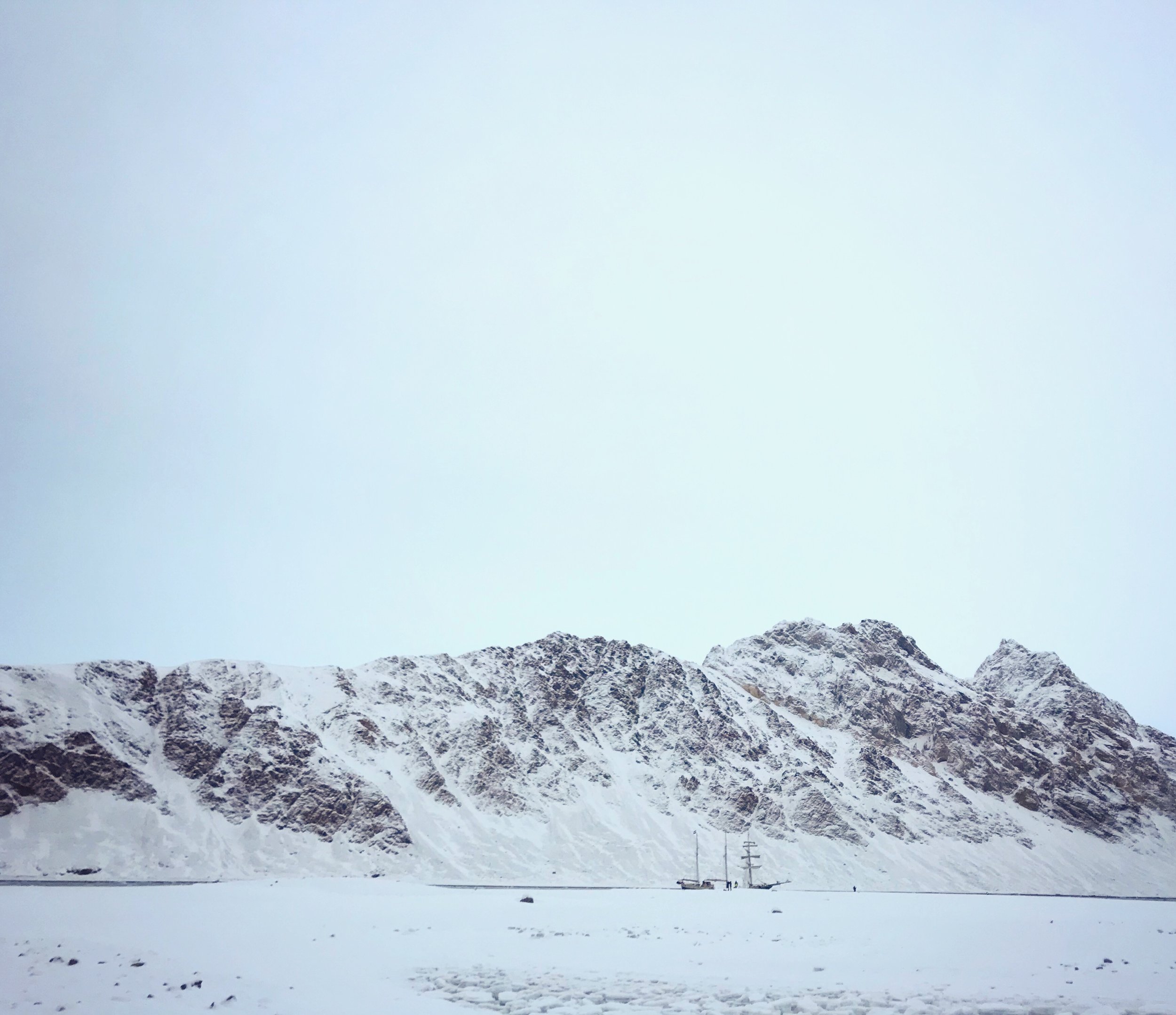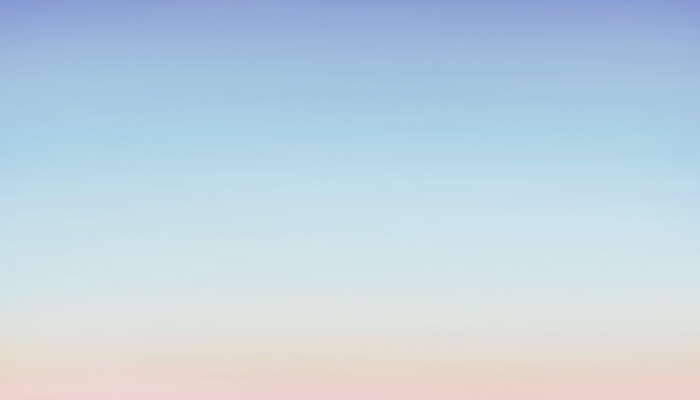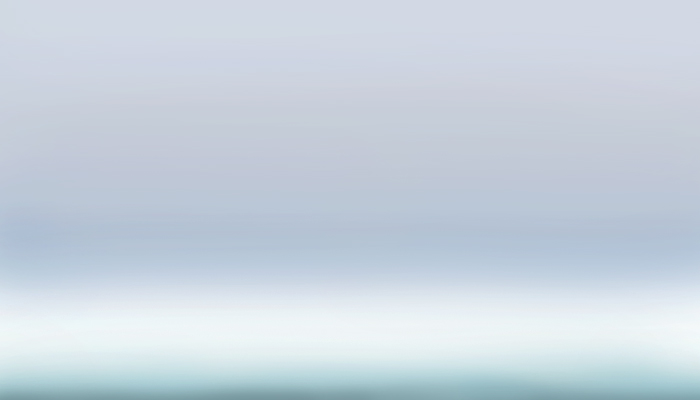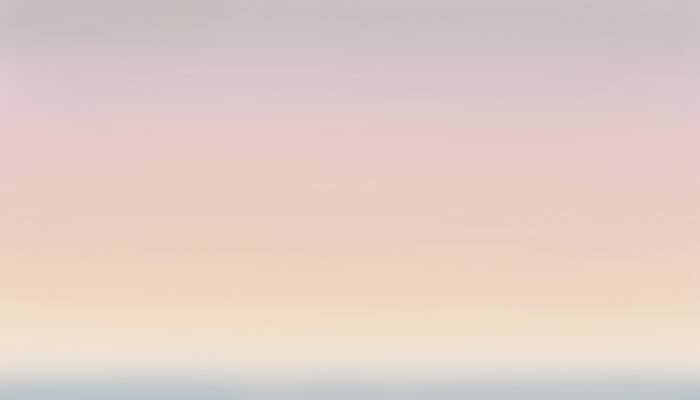Saturday, October 13, 2018
Partly cloudy in the morning, beautiful sunrise, +1°C
The beach at Temple Mountain
6:30am/7:30 ship time - Felt like I got some restful sleep last night, other than the dreams this morning. I was trying to resuscitate my old fish I’d forgotten about. It worked, but I still needed to clean their dirty tanks. Gross, I never liked doing this in my waking life, either.
Last night I stayed in when there was an option of zodiac tours or climbing the mast. I wrote, and I also went onto the deck to take video of the ice. What a lovely spot - once again! We’re in Isfjorden and fairly close to Longyearbyen, so the tone of the trip has changed slightly. It seems like everyone can feel that we do not have much time left in this place.
We had a lush dinner of parsnip soup, mashed potato/celery/sweet potato/fennel slaw, and roast duck with crepes for desert. After, some of us gave presentations on our work, and I went first to get it out of the way. I think I did alright, but I know that I need to work on how to connect my painting with how I talk about the newer, interactive work that I’m developing. I felt uncomfortable showing the work-in-progress, but I wanted to also show that I work on more than only painting. I look forward to getting back to my routine and finishing these pieces. I’ll also need to finish the work for my MSAB project really quickly once I get back. (How easy it is for me to slip back into ‘planning’ and ‘doing’ mode. The following page of my notes included a long list of to-dos with blank check boxes.)
11:30am - This morning we had a great landing at Temple Mountain. Gorgeous mountains surrounding us on a curved spit of land. The sky above the Antigua flowed a bright pink, and it glazed the tips of the mountains below in a fluorescent pink. So, there is the answer to my question of what color to paint the Arctic paintings’ sides!
I walked around the landing point, shifting my perspective from the macro to the micro and back again. There was a jellyfish on the beach where we met the zodiac, and I looked around at rocks and fossils on the beach.
I walked over to one of our guides, and we had a lovely conversation about ideas, our connection with earth, and even though we can’t perceive it, we are a part of the evolution of the landscape around us. I have been thinking about the interconnection of our breath with the sky. But I hadn’t thought much about our interconnection with and witnessing of the process of changes in the land and landscape. Not just this connection with the air and sky, but our involvement and presence in the ever-changing material of the land.
We cannot necessarily perceive that the land is changing on most days. But we are as connected with those processes as we are with the sky. Our limited perception just prohibits us from feeling and seeing that time-scale. We can more easily see the changes in glaciers and water, but the land is also changing. We see it as static, but changes in landscape - land mass, mountains, and vast formations of land - are in a continual process of change. In school, I remember learning about plate tectonics, and that we went from Pangea to the formation of the continents as they are now.
However, we are not at a stopping point, we are merely at a single point in history with the future yet unwritten.
This activity is made possible, in part, by funds provided by the Metropolitan Regional Arts Council (MRAC) through a grant from The McKnight Foundation.
